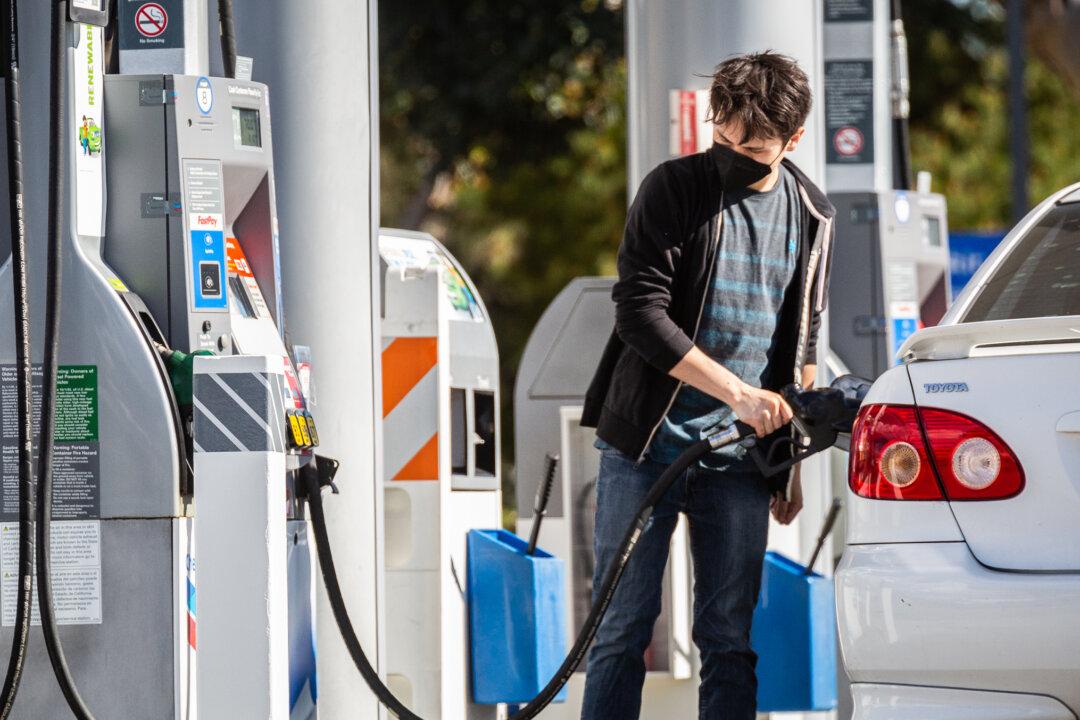The average national gas price surged on July 25 in its biggest one-day increase in a year.
Prices rose by $0.04 to $3.64 a gallon, the highest one-day increase since June 7, 2022, according to the American Automobile Association (AAA).

The average national gas price surged on July 25 in its biggest one-day increase in a year.
Prices rose by $0.04 to $3.64 a gallon, the highest one-day increase since June 7, 2022, according to the American Automobile Association (AAA).